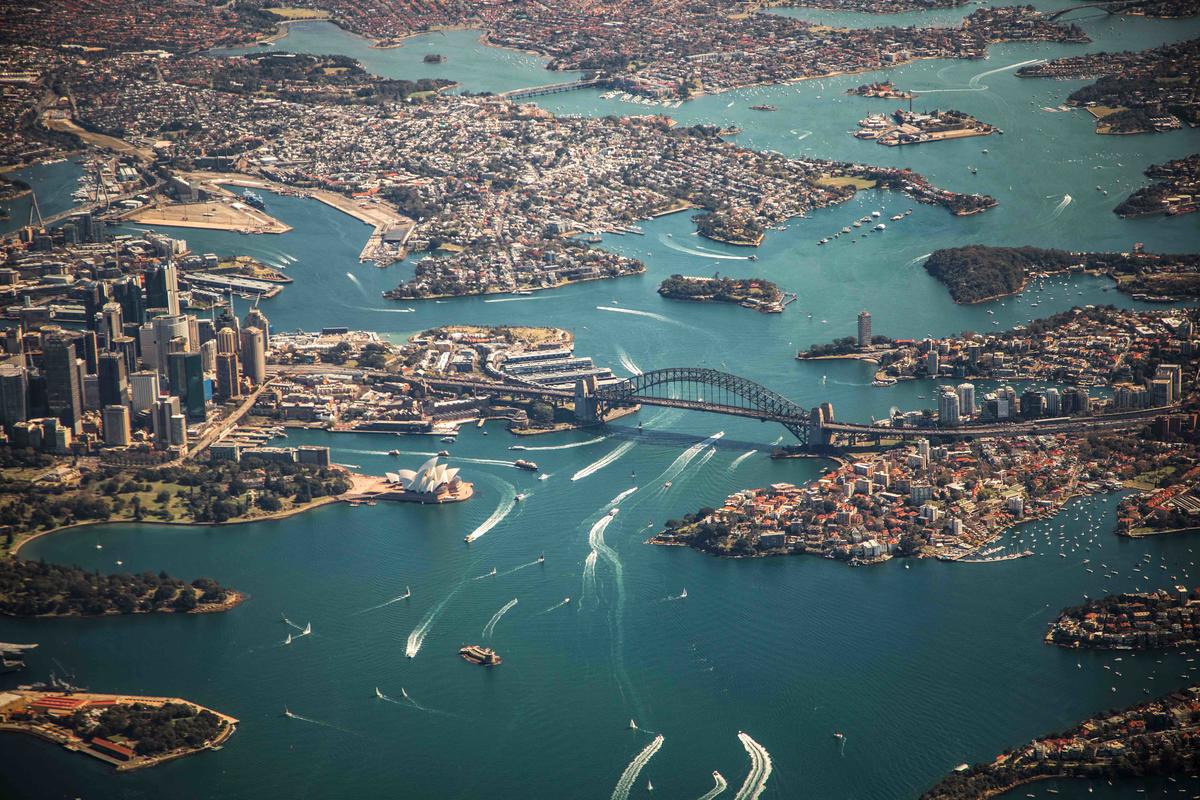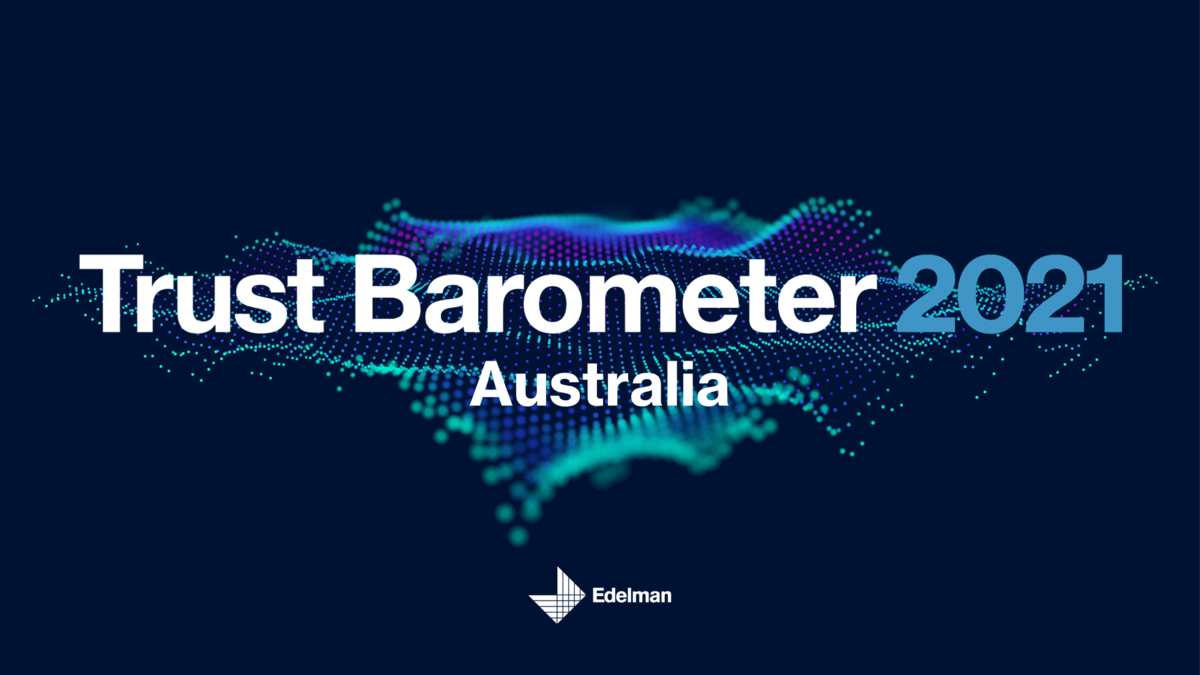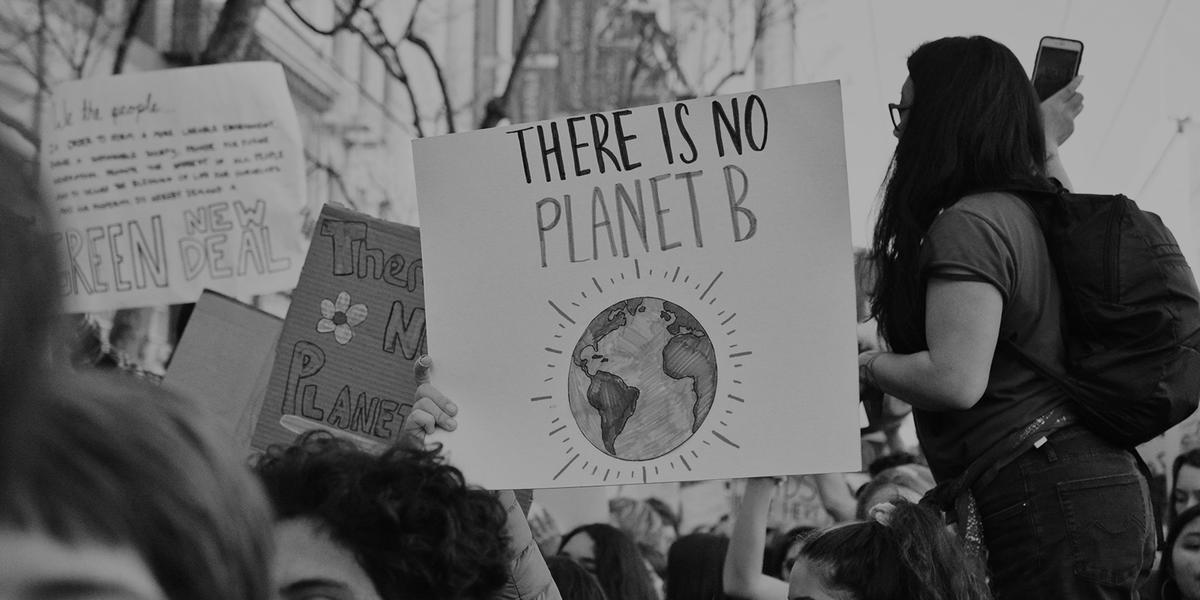Take the hi-vis jacket off and put your caring and sharing hat on…
The Treasurer, the Hon Josh Frydenberg MP, declared ‘Australia is coming back’, with a big-spending COVID budget to continue to support Australia’s economic recovery. With no reference to fiscal conservatism and certainly no budget coffee mugs with ‘Back in the black’, this is a budget that spends in what would be considered non-traditional coalition areas, including aged care, childcare, and welfare.
The Government referenced a ‘post wartime’ approach to spending, highlighting that the Australian economy has already begun to recover from the impacts of COVID-19 faster than all other advanced economies, with employment levels now returning to pre-pandemic levels.
As predicted, this is a budget focused on women with the Government keen to address last year’s ‘gender blindness’ and recent political heat. The Women’s Economic Security Statement outlines more than $3 billion in spending, including $1 billion for women’s safety initiatives. We note the Government’s changes to childcare are included in the initiatives for women, and will not come into play until 2022.
On the flip side, environment groups are stating the Government has thrown loose change at the environment and climate issues, receiving less than 1% of spending of the budget. The Labor Party has also quickly called out the Government’s commitment to infrastructure, stating it will actually be $3.3 billion worth of cuts over the next four years.
As Government continues to deal with international border closers, low population growth, a collapsed diplomatic relationship with China, and the pressure to have Australians vaccinated by the end of this year, there was no doubting that the Morrison Government’s approach is to keep on spending.
The Numbers:
- Revenue: $496.6 billion in 2021-22
- Expenditure: $589.3 billion in 2021-22
- Budget Position: $117.0 billion deficit in 2021-22
- Net Debt: $729.0 billion (34% of GDP) at 2021-22
- Real GDP Growth: 4.25% in 2021-22
- Unemployment: 5.00% in 2021-22
- Wage Growth: 1.5% in 2021-22
The theme of the 2021-22 Budget is a strong recovery of the Australian economy from the COVID-19 recession, with real GDP forecast to grow by 1.25% in 2020-21, by 4.24% in 2021-22, and 2.5% in 2022-23. The unemployment rate is forecast to fall to 4.75% by mid-2023, which would be the first sustained period of unemployment below 5% since the 2008 Global Financial Crisis.
The stronger-than-expected economic recovery (thank iron ore and the more than triple price point than forecast) is reflected with corporate tax receipts, in particular, contributing $25 billion more than expected. Across the four years forecast to 2023-24, taxation receipts are expected to continue to rise by $84.5 billion while the underlying cash balance deficit of $161 billion in 2020-21 (as compared with the forecast $213.7 billion) is forecast to continue to fall over the forward estimates period to a deficit of $57 billion by 2024-25.
Health and Aged Care
The Morrison Government had to respond to the Royal Commission into Aged Care and has continued with Minister Hunt’s personal focus on mental health. As a nod to the importance of the ‘bush vote’, people in regional areas have seen significant funding, as have women and people in the aged care industry, including:
- $18 billion to implement the Government’s response to the Aged Care Royal Commission, including increased funding for workforce training and securing private operators;
- $13.2 billion over four years for the National Disability Insurance Scheme;
- $3 billion to mental health, including programs for BeyondBlue, Lifeline and Kids helpline. In addition, Headspace will extend its model to support people over 25 years old;
- $350 million across the next four years for women’s health initiatives, including cervical and breast cancer, endometriosis and reproductive health;
- $80.9 million over five years to continue supporting the Strong Rural Health Strategy with $65.8 million going to the Rural Health Bulk-Billing strategy; and
- $65 million to introduce extra incentives, including increased consultation rates, to lure doctors to rural and regional areas.
In the Health Sector, the Budget has allocated $878 million to new listings on the Pharmaceutical Benefits Scheme and $23.1 million over four years from 2021-22 (with $2.1 million per year ongoing) to modernise and improve the administration of the Prostheses List to support patient access and surgeon choice. Other items include:
- $6.0 million to extend the National Partnership Agreement, encouraging more clinical trials in Australia, and removing barriers for conducting clinical trials; and
- $36.0 million over four years from 2021-22 (and $1.6 million per year ongoing) to expand the Health Products Portal to provide a single digital channel for industry to manage applications to list products and services on the Pharmaceutical Benefits Scheme, Medicare Benefits Schedule, Prostheses List and the National Immunisation Program.
Infrastructure, Regional Development and Cities
This budget has committed a further $15 billion to the existing 10-year Infrastructure Investment Program, with States and Territories receiving funding for a range of projects:
- NSW: The Blue Mountains region is a focus with the Great Western Highway Upgrade due to receive two-thirds of the $3 billion allocated to NSW roads projects in this year’s Budget. In addition, the Princes Highway and the Mount Ousley Interchange will receive a combined $640 million of funding.
- QLD: $1 billion of funding to improve Inland Freight Routes as well as upgrades to the Bruce Highway and the duplication of the Cairns Western Arterial Road.
- WA: $1.3 billion for strategic infrastructure projects, including $347 for rail upgrades, $200 million for upgrades to the Great Eastern Highway and $160 million for WA Agricultural Supply Chain Improvements.
- SA: The North-South Corridor has received a further $2.6 billion to complete a motorway from Darlington to Anzac Highway. Regional SA will also receive significant funding, with over $300 million allocated to the Truro Bypass and the Augusta Highway duplication.
- ACT: $167 million for major projects in Canberra, including the second stage of the Light Rail project and the duplication of William Hovell Drive in the Territory’s northern suburbs.
- VIC: $2 billion for the Melbourne Intermodal Terminal to reduce truck congestion on Victorian roads, and a combined $500+ million for road upgrades to Parkenham and Monash Roads.
- TAS: The Bass Highway will receive $80 billion for safety and freight efficiency upgrades, and $92 million for the duplication of the Kingston Bypass and upgrades to the Rokeby and South Arm Roads.
- NT: The National Network Highway will receive $150 million of funding for the Phase 2.
The Government will invest $250 million in the Building Better Regions Fund to improve regional community infrastructure projects and create jobs in regional infrastructure.
Housing
$2 billion towards affordable housing and incentives to introduce new people into the housing market. 10,000 single parents are now able to secure a home loan with only a 2% deposit, with the Government to guarantee the remaining 18% and ensure that single parents avoid home loan insurance.
In addition, the New Home Guarantee will be extended for a further year, giving another 10,000 first home buyers access to purchase or build a new property with only a 5% deposit.
Education, Jobs, Skills and Immigration
This budget is continuing to push its skills and employment-focused recovery from the COVID-19 pandemic, with a significant package announced to ensure that people can access the necessary services to reskill and re-join the workforce, including:
- $53 million for private higher education providers to introduce extra short course places and an innovation fund to digitise the delivery of courses; and
- The removal of the work-hour limits for international students in Australia who are employed in the tourism or hospitality sectors.
Additionally, there will be support for a Job Trainer Fund to upskill jobseekers and young people with $506 million being invested to create more than 170,000 new apprenticeships and traineeships including:
- Providing training for 5,000 places for women in non-traditional trades; and
- Creating 2,700 more places in Indigenous girls’ academies to help them finish school and enter the workforce.
The Government has also allocated $19 billion to fund universities in 2021-22, acknowledging the deep impact of closed international borders on Australia’s tertiary education system.
Childcare
The childcare subsidy, which was due to expire later this year, will be revamped with $1.7 billion of funding allocated in addition to the existing $10.3 billion. The new subsidy will remove income caps on couples as well as benefit families with multiple children utilising the childcare sector.
The Government has also committed $2 billion to fund preschool education, with a focus on reforming the national curriculum to improve participation.
Defence
The most notable announcement for Defence is the $747 million investment to upgrade military training bases in the Northern Territory. The commitment forms part of the Government’s broader $8 billion defence infrastructure fund for the Northern Territory. In addition:
- $1.9 billion over the next decade is allocated to strengthen our national security, law enforcement and intelligence agencies. The Treasurer reiterated the Government’s commitment to the previously announced $270 billion associated with the 2020 Defence Strategic Update; and
- The Cyber Security Innovation Fund is receiving $43.8 million over the next three years to train the next generation of cybersecurity experts. A digital skills cadetship trial, which combines workplace and vocational training, will help develop Australia’s skills in the digital defence space.
Digital and Technology
The Treasurer has made digital services and digital industry development central components of this budget with a $1.2 billion Digital Economy Strategy that includes a variety of funding initiatives aimed at extracting value from government databases, investment in digital skills programs, cyber initiatives and digital infrastructure.
Laying the digital foundations
The Government is committing $111.3 million to accelerate the roll out of the Consumer Data Right (CDR) across the economy, starting with banking and energy, then moving to telecommunications. The aim is to put consumers in control of their data, supporting more informed consumer choice and access to better deals.
Building capabilities and incentivising digital adoption
The Government is investing in emerging technologies, including artificial intelligence (AI), to build a digitally enabled Australian workforce and small business community. This includes more than $100 million in initiatives to build the digital skills of Australians to meet the needs of the modern Australian workplace.
Australia’s research and industry capability in artificial intelligence will be boosted with $124.1 million, including a National Artificial Intelligence Centre led by CSIRO’s Data61.
Small businesses are being supported to adopt digital technologies through a $12.7 million expansion of the Digital Solutions – Australian Small Business Advisory Services program. A further $15.3 million will be used to drive business uptake of e-invoicing, which can deliver up to $28.2 billion in net benefits over 10 years.
Streamlined government services
The Government will continue to make interacting with them faster and easier through ongoing implementation of the Modernising Business Registers Program; a further $200.1 million investment to enhance the myGov service; and $301.8 million to enable the next-generation My Health Record system to support the healthcare system.
Digital skills for the future
The Government will develop a new digital skills cadetship to train Australians in digital skills and ensure that their knowledge is relevant, timely and meets the needs of the economy.
The Government will provide $10.7 million to trial up to four industry-led pilots to develop new pathways to build high level digital skills.
Growing technology skills
Recognising the need for specialist skills in emerging fields, such as artificial intelligence, quantum computing, and robotics, the Government is supporting more than 460 advanced scholarships to skill-up Australians in these fields.
The Government is also providing $43.8 million to expand the Cyber Security Skills Partnership Innovation Fund. This will create a pipeline of cybersecurity professionals who can meet the growing demand for cyber jobs across the Australian economy.
Other Key Announcements
- A new ‘patent box’ system will be implemented, providing companies with a tax rate of 17% when using Australian registered patents, almost half the current company tax rate.
- Tax cuts and stimulus measures for low- and middle-income earners will see them receive up to $1,080 for individuals or $2,160 for couples. These new measures will be extended until 30 June 2023.
- Local brewers and distillers will be able to benefit from larger tax breaks, with the Government announcing that distillers will be able to claim a full refund on the excise they incur and the cap on the excise will be increased to $350,000 from $100,000.
- $480 million will be invested in new funding for environmental protection including upgrading recycling capabilities, creating jobs in environmental protection and incentives to reduce waste that is sent to landfill.
- The Government will establish a $61.1 million new National Recovery and Resilience Agency to lead Australia’s response to natural disasters.
- $170 million will be invested into strengthening internet and mobile coverage in regional Australia, especially in areas that are prone to bushfires.
- More older Australians will be able to utilise the Government’s ‘downsizer scheme’ with the age cap lowered from 65 to 60. The Scheme allows people to sell their family home and make a one-off contribution to their superannuation, enabling them to incur a lower rate of tax and preserve more money for their retirement.
- The Government will remove the current $450 per month minimum income threshold for the superannuation guarantee.
EDELMAN PUBLIC AFFAIRS: HELPING YOU ACT WITH CERTAINTY
Whether it’s a leadership spill, election or a new government policy, Edelman’s public affairs team offers first-class intelligence and analysis, sector expertise and senior strategic counsel to help our clients navigate institutional relationships, engage constructively and build meaningful partnerships to achieve business objectives. We’re a global integrated team which works seamlessly to promote, protect and evolve brands. Our skills, understanding and experience working with government and organisations is grounded in powerful storytelling. We have helped build and position some of the biggest corporate and product brands in the world. If you’d like to discuss what this means for your organization we’d be pleased to set up a conversation





